Review of Victoria's Electricity and Gas Network Safety Framework
On 19 January 2017, the Minister for Energy, Environment and Climate Change announced an independent review of Victoria’s Electricity Network Safety Framework, to be chaired by Dr Paul Grimes. On 5 May 2017, the Minister announced an expansion to the review's terms of reference to include Victoria’s gas network safety framework.It has been more than a decade since the current safety framework has been in place and it is timely to review the existing arrangements to ensure they adequately reflect the needs of the community in an increasingly complex environment.The review will include extensive consultation with industry and the community to inform the development of a final report and recommendations.Consistent with the expanded terms of reference, the Review of Victoria’s Electricity and Gas Network Safety Framework examines the safety framework applicable to the electricity and gas networks in Victoria and assesses its effectiveness in achieving desired safety outcomes. It will review the design and adequacy of the safety regulatory obligations, incentives and other arrangements governing the safety of Victoria’s electricity and gas networks.The existing Secretariat established within the Department of Environment, Land, Water and Planning to support the independent reviewer, Dr Paul Grimes, has been additionally resourced.Submissions for the Issues Paper on the review of Victoria’s electricity network safety framework closed on Friday 28 April. Along with the following organisations, R2A welcomed the opportunity to respond to the independent review.
- AER
- AusNet Services
- Attentis Technology
- CitiPower/Powercor - Submission 1
- CitiPower/Powercor - Submission 2
- Energy and Water Ombudsman of Victoria
- Jemena
- Neca
- r2a
- United Energy
- WorkSafe
Our response focuses on the following particular aspects of the review:
- The objectives of the safety framework in Victoria and an assessment of its effectiveness in achieving safety outcomes.
- The design and adequacy of the safety regulatory obligations (including safety cases and the Electricity Safety Management Scheme), incentives and other arrangements governing energy network businesses and any opportunities for improvement.
R2A’s overall perception is that electrical networks in Australia and New Zealand operate in an evolving and interesting regulatory space with overlapping financial, safety and security of supply issues. There is also a plethora of sometimes contradictory standards. Wending a path that simultaneously satisfies all of the competing issues is complex and fraught with methodological superstition. This undoubtedly creates substantial unnecessary expense and waste.From the viewpoint of an effective safety framework, the key issues we believe are causing the greatest angst at the moment are as follows:
- Competition v Cooperation PolicyThe mantra of competition policy is being considered in isolation from the rest of the competing requirements for the safe (and reliable) delivery of electrical energy. This includes both security of supply and safety generally, and especially in Victoria major bushfires started by the electricity network. For example, high reliability requires redundancy whereas commercial efficiency is typically achieved by running without headroom. The current manifestation of economic competition policy does not deal effectively with disaster scenarios (where cooperation is essential) especially for low likelihood, high consequence events, such as black or ash bushfire days which occur about once every 25 years in Victoria.
- Risk Management Standard v Occupational Health and Safety LegislationThe obligations of Victoria’s Occupational Health and Safety (OHS) legislation conflict with the Risk Management Standard (ISO31000) which most corporates and governments mandate. This is creating very serious confusion, particularly with the understanding of economic regulators.The risk management standard tries to manage ‘risk’ to ‘acceptable’ levels, whereas the 2004 Victorian OHS Act (and now model WHS legislation) ensures that everyone is entitled to the same minimum level of protection (but not necessarily the same level of risk).
- Network Standards with Internal ContradictionsStandards with internal contradictions like AS 5577:2013 – Electrical network safety management systems and the EG(0) Power System Earthing Guide create enormous tensions. Specifically, they advocate using target risk criteria such as ALARP, below which risks are deemed ‘tolerable’ and do not require further action, a position in conflict with the health and safety legislation passed by all Australian parliaments and decisions of the High Court of Australia.
These key points are expanded in the body of the submission together with a possible way forward. See the full response here.
